The idea of sending an e-Transfer from a credit card seems strange, but it is indeed possible if you have a prepaid Mastercard.
Fortunately, there are a few workarounds for sending money if you have a traditional credit card, though some options are better than others.
Here, we walk you through the steps for initiating a wire transfer or accessing funds through a cash advance or convenience cheque.
Key Takeaways
- The only credit cards with Interac e-Transfers in Canada are prepaid ones.
- You can transfer money from your credit card to a bank account using cash advances, credit card cheques, and wire transfer services.
- Cash advances, cheques, and wire transfers carry fees, high interest rates, and zero grace periods.
Never miss an amazing deal again + get our bonus 250+ page eBook for FREE. Join 50,000 other Canadians who receive our weekly newsletter – learn more.
Can you e-Transfer money from a credit card?
Canadian credit cards don’t permit Interac e-Transfers. There are only two exceptions:
- Prepaid cards like the Neo Everyday Account allow cardholders to make Interac e-Transfers and apply Interac Autodeposits to their balance. We also recommend any of the three KOHO prepaid Mastercards, which give you unlimited Interac e-Transfers.
- RBC credit card holders can use their Avion Rewards points to send a minimum $10 Interac e-Transfer.
Without any of these cards in your wallet, your only option is a workaround.
4 ways to e-Transfer money from a credit card
Interac e-Transfers are easy to make if you have an account with a participating bank or credit union. The hardest part is getting money out of your credit card and into your bank account.
We’ve figured out three workarounds to the problem, but don’t skip the "cons" section – each of these methods could potentially put you in debt and negatively affect your credit score.
1. Get a cash advance
What: Cash advances enable you to withdraw money from any ATM in Canada using your credit card instead of your debit card.
How: Get a cash advance at any ATM using your credit card, and then use your debit card to deposit it into your bank account. You can use cash deposits immediately, so you should be able to send an e-Transfer soon.
Beware: Cash advances don’t have grace periods. Make a plan to pay off your credit card quickly, or you could trigger an avalanche of interest charges.
| Pros | Cons |
|---|---|
| * Get cash from nearly 70,000 ATMs in Canada * No application or credit check required * Cheaper than getting a payday loan | * $0 - $9 ATM usage fee * $3 - $5 OR 1% - 3% cash advance fee * 19.90% - 24.99% cash advance interest rate * Limited to 20% - 50% of credit card limit * No grace period * No points or rewards |
2. Write a convenience cheque
What: People can use convenience cheques just like personal cheques but the funds come from your credit card, not your bank account. When cashed, the total appears on your transaction history and credit card balance.
How: Write yourself a credit card cheque and cash it. You can access the first $100 right away, but for anything more, you’ll have to wait four to eight days before you can send an e-Transfer.
Beware: Credit card cheques carry fees and the same interest rates as cash advances. Plus, you won’t get a grace period; only five banks offer them, and you might have to pay for a book.
| Pros | Cons |
|---|---|
| * Easy to access cash fast * Cheaper than getting a payday loan | * Can be charged cash advance fee * 19.90% - 24.99% cash advance interest rate * May have to pay for a book of cheques if your bank doesn’t provide them * No grace period * No points or rewards |
3. Make a wire transfer
What: Banks can only wire money from your chequing and savings accounts but a third-party company can charge your credit card and then send a wire or e-Transfer on your behalf. You can use a brick-and-mortar store like Western Union or Canada Post, or an online business like Wise.
How: Visit the company store or website to select how, when, and where you’d like to make a payment.
Beware: Credit card companies treat wire transfer services the same as cash advances. You’ll also have to pay a 1% - 3% transaction fee, and beware of online phishing, fraud, and scams.
| Pros | Cons |
|---|---|
| * Faster than sending money by cheque * Secure way to send funds * Can send money around the world | * Can be charged cash advance fee * 19.90% - 24.99% cash advance interest rate * Transfers are non-cancellable once started * Might require you to go to a bank branch |
4. Transfer money using PayPal
What: If you have a PayPal account, just link your credit card and send money to a recipient.
How: Add your credit card to your PayPal wallet so it appears as a payment option when you send money. When you select "Pay for an item or service," or “Send to a friend,” pick the card you want to use for payment and specify the amount to send.
Beware: Although it’s free to send money using your PayPal balance or money from your bank, PayPal charges a 2.9% fee plus a fixed fee based on the currency you’re sending.
| Pros | Cons |
|---|---|
| * Convenient if you already have a PayPal account * Popular site means it’s likely your recipient also has a PayPal account * Can send money around the world | * Subject to a 2.9% plus fixed fee * Might be charged cash advance fee by your credit card * Might be charged foreign exchange fees if transferring out of the country * Transactions can’t be reversed |
Best credit cards for cash advances, cheques, and wire transfers
Low annual fees and cash advance fees feature on some of the best low interest credit cards with cheques in Canada:
| Credit card | Annual fee | Cash advance fee | Cheque fee | Cash advance interest rate | Genius Rating |
|---|---|---|---|---|---|
| Scotiabank Value Visa Card | $29 | $4 | $5 | 12.99% | 3.6 |
| BMO Preferred Rate Mastercard | $29 | $5 | $5 | 15.99% | 3.3 |
| CIBC Select Visa Card | $29 | $2.50 – $5 | 1% | 13.99% | 3.6 |
| Amazon.ca Rewards Mastercard | $0 | 1% OR $7.50 | 1% OR $7.50 | 22.99% | 3.2 |
Alternatives to credit card e-Transfers
Canadians made over 1.4 billion Interac e-Transfers in 2024. That said, they aren’t the only way to do business.
If you can’t make an e-Transfer, you could always try:
- Borrowing from a line of credit. A line of credit is a loan you can access at your convenience. You only have to repay what you borrow when you borrow it, and interest rates tend to be lower than what you’d pay for a cash advance.
- Borrowing from a personal loan. Unlike a line of credit, loans have a fixed repayment amount and period. Loans also benefit from lower interest rates than cash advances, but may require collateral and long approval processes.
- Overdrawing your chequing account. With overdraft protection, you can initiate an e-Transfer that you don’t have the funds to cover, and your bank will pay it for you. You’ll have to pay a fee and repay what you borrowed.
- Putting recurring bills on your credit card. Contact customer service or log into the customer portal to see if you can set up automatic credit card payments.
FAQ
Can I send an e-Transfer from my credit card?
You can do an e-Transfer if you’re sending money from a prepaid card, but you can’t if you have a standard unsecured card. In that case, you’d need to pay for a wire transfer, which is often charged the same as a cash advance.
Can you tell me how to send money with a credit card in Canada?
First off, you need a prepaid credit card to send money via Interac e-Transfer. You can sign into your online account, provide the email/phone number of your recipient, specify the amount, and initiate an e-Transfer from the prepaid card.
Can I transfer money from my credit card to my chequing account?
Essentially, this is a cash advance, where you take money from your credit card (reducing your credit limit) to use or move into other bank accounts. Be aware that most banks charge hefty interest rates and fees for this service.
Can you send an e-Transfer from a line of credit?
Yes, you can easily make a transfer directly from your line of credit. Just log into your bank’s website or app and initiate an e-Transfer. Select the line of credit as the source of funds and specify your recipient.
What is the e-Transfer limit in Canada?
There’s no national limit on how much you can e-Transfer in a day. Instead, financial institutions set their own limits. Some of these range from $1,000 to $3,000, so it’s a good idea to ask your bank or credit union for details.
creditcardGenius is the only tool that compares 126+ features of 227 Canadian credit cards using math-based ratings and rankings that respond to your needs, instantly. Take our quiz and see which of Canada's 227 cards is for you.






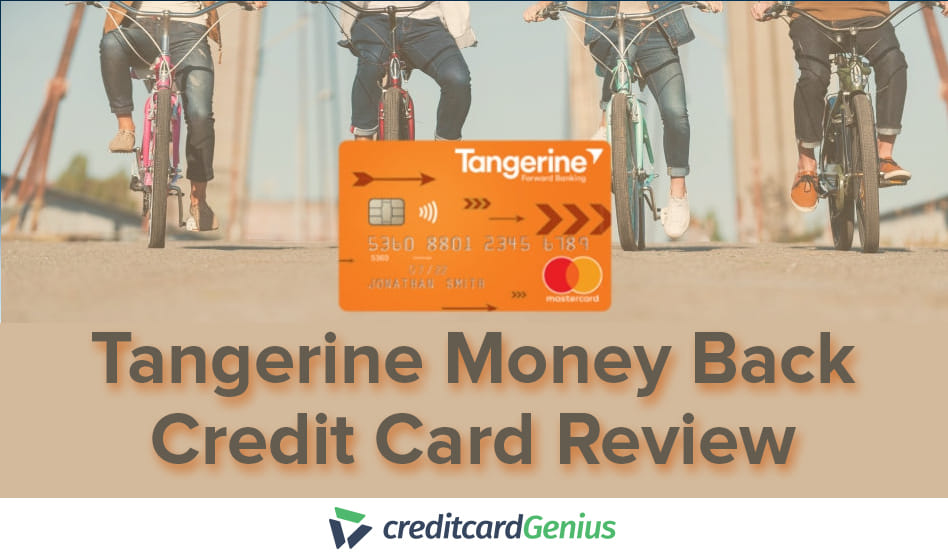


 GC:
GC: 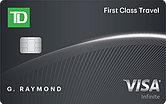

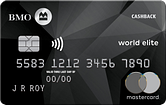


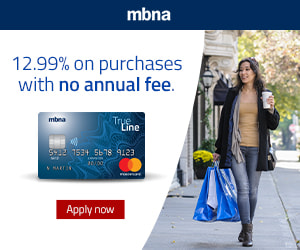
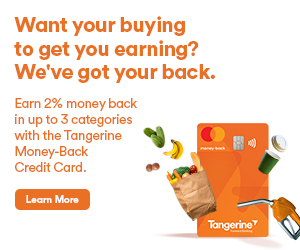












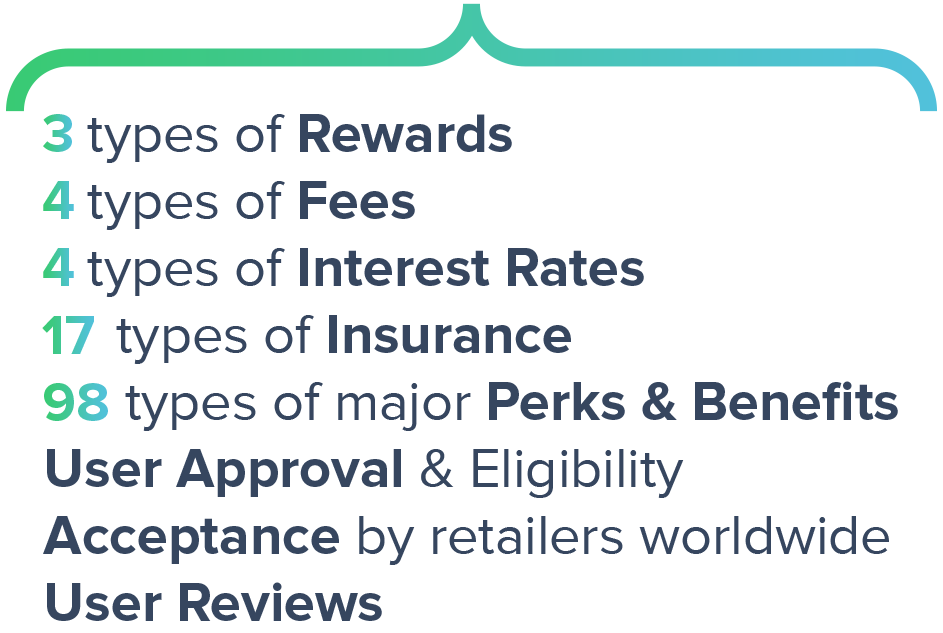
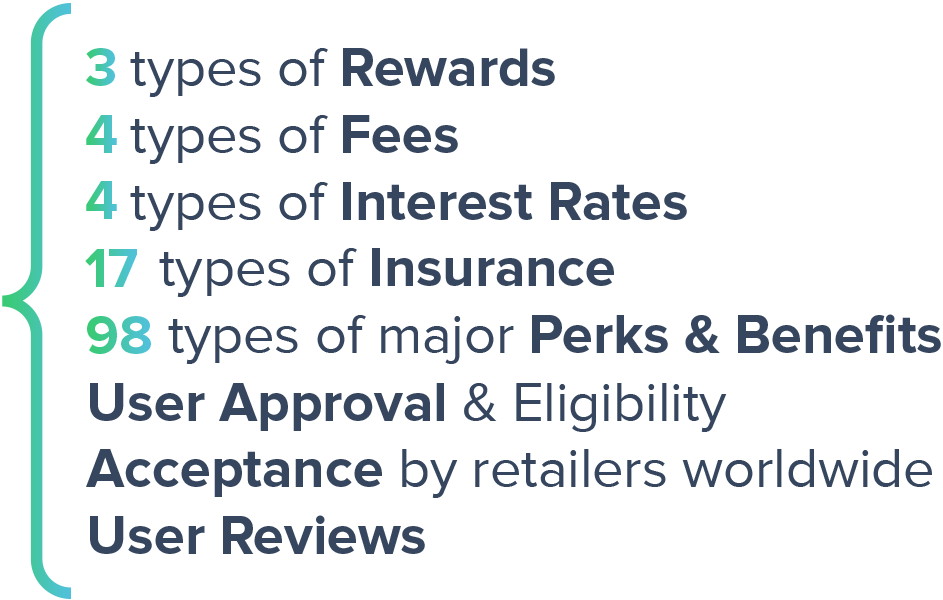















 $100 GeniusCash + Earn up to 15,000 Welcome Bonus Membership Rewards® Points.*
$100 GeniusCash + Earn up to 15,000 Welcome Bonus Membership Rewards® Points.*
Comments
Leave a comment
Required fields are marked with *. Your email address will not be published.